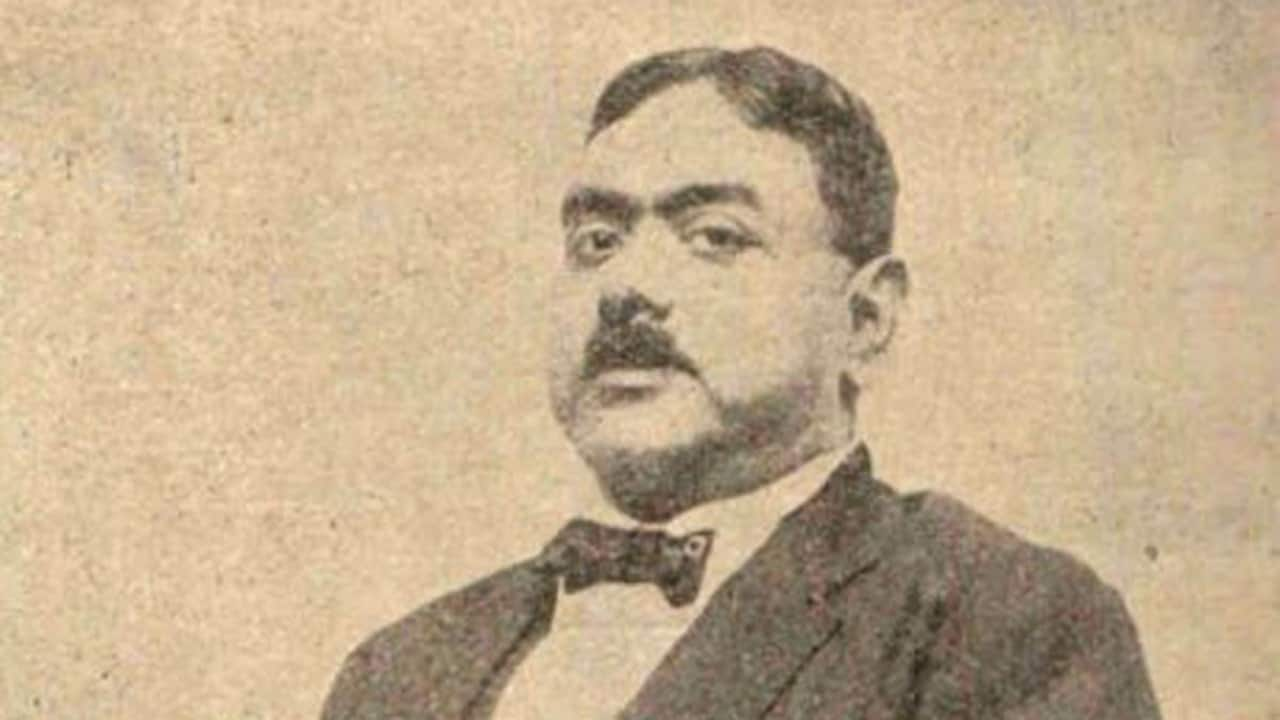The Archaeological Survey of India (ASI) on Saturday paid tributes to Rakhaldas Banerji and Madho Sarup Vats, the pioneers of Mohenjodaro excavations, on their birth anniversaries. Hailing Rakhaldas Banerji's contributions, in a post on X, ASI stated, "A multifaceted scholar, Shri Banerji is credited with excavating the Harappan site of Mohenjodaro. He first excavated the site in 1922, which yielded Harappan seals and artefacts.
He is credited with identifying the protohistoric horizon and similarities between the sites of Mohenjodaro and Harappa for the first time, thus pushing the Indian History by three millenium. He also excavated the archaeological site of Paharpur and did pioneering work in Bangla script and early temple architecture." "Shri Madho Sarup Vats served as one of the principal excavators of Harappa before taking part in the excavations at Mohenjodaro.

His excavations provided critical insights into the daily life of the Harappan civilisation. Vats also found the site of Rangpur on the coast of Khambhat in Gujarat and Kotla Nihang Khan (Distt. Ropar, Punjab) and after having done small scale excavations, he found striking similarities between the Harappan sites, giving the idea that the civilization was not confined to the tributaries of Indus river alone.
He was also a fine scholar of epigraphy and architecture and has many important publications to his credit. He went on to become the Director-General of the ASI in 1950," ASI stated in another post. Remembering Rakhaldas Banerji: Pioneer of Mohenjodaro discovery Born on April 12, 1885, into a zamindar family in Berhampore, West Bengal, Banerji displayed exceptional academic talent from an early age.
He earned an honours degree in history from Presidency College, Kolkata, in 1907, and completed his M.A. at Calcutta University in 1911.
Though he began his career at the Indian Museum in Kolkata, his true passion found its outlet when he joined the Archaeological Survey of India (ASI) in 1911, where he quickly distinguished himself and rose to prominence, according to a report in Indrosphere. Over the years, Rakhaldas Banerji contributed to several significant projects, most notably the excavation of the Indus Valley Civilization site at Harappa. His efforts played a crucial role in uncovering insights into the daily lives of the people who once inhabited this ancient civilization.
In 1920, during a survey of the lower Indus Valley (now in Pakistan), Banerji encountered reports of a buried site marked by a Buddhist stupa. Intrigued, he initiated trial excavations, unearthing seals, artifacts, and the remains of a city built with fired bricks. These discoveries led him to suggest the existence of an ancient, advanced civilization beneath the ruins—a bold theory that was later confirmed through further excavations.
Banerji’s work at Mohenjodaro in 1922–23 unveiled a city with sophisticated urban planning, complete with paved streets, a sewer system, and a central water tank, now known as the Great Bath. He published his findings in various journals and books, such as The Prehistoric Civilisation of Mohenjo-Daro (1924) and The Age of Buddha (1926), according to a report in Indrosphere. Banerji’s discovery marked a turning point in Indian archaeology.
It pushed back India’s history by 2,000 years and shattered colonial narratives that dismissed pre-Aryan India as uncivilized. His work demonstrated that the Indus Valley Civilization rivalled contemporaneous Mesopotamian and Egyptian cultures in sophistication and scale. This breakthrough discovery not only redefined India’s ancient past but also dismantled the long-held colonial narrative that civilization in the subcontinent began only with the arrival of the Aryans.
.
Business

ASI pays tribute to Rakhaldas Banerji, Madho Sarup Vats: 'Pioneers of Mohenjodaro excavations'















